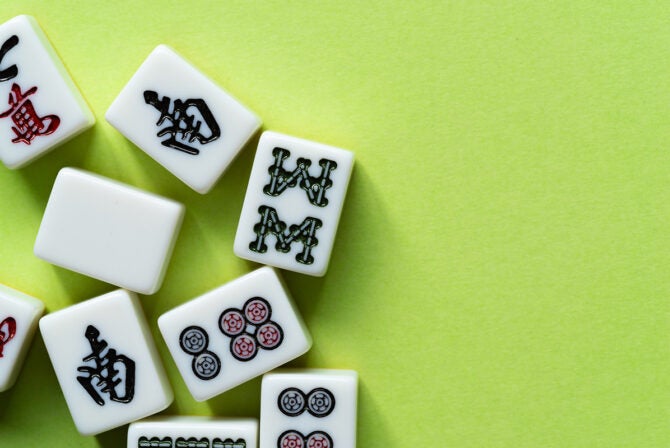Every year at Thanksgiving my husband, a college history professor, gets agitated by the story of Thanksgiving that is being taught in our children’s schools. Thanksgiving, he points out, is not the moment of peace and harmony that we often teach, but it celebrated a brief pause to give thanks before the continued genocide of the Native Americans. As someone who works with young children, I don’t think that true but gruesome story is exactly the story we should be telling, but I don’t want to whitewash it either. How can we tell the story in a way that is true, but age appropriate?
This question arises for Jews in many of our stories, but none more so than Purim. How many of us were taught that Vashti was banished? That Esther became queen through a beauty pageant? Or that the Jews celebrated their victory over Haman by having a party and eating triangular cookies? And how many of our educations stopped with the above, which is a very sanitized version of the story?
None of these things are exactly wrong, but if we take a look at the megillah, we get the real, whole story. Vashti was likely killed for refusing to dance (naked) before the king and his friends. Esther was a member of the King’s harem, elevated over all of his concubines to become queen. And the Jews’ celebration? Well, if you look in chapter 9 of the Megillah, the Jews kill thousands of people in Shushan and its provinces.
So what should we, as parents or educators of children, do? In thinking about Purim, I return to the advice I always give about the Thanksgiving story. We can land somewhere between the whole truth and the sanitized version. We can say to children, the Pilgrims asked the Native Americans for help and the Native Americans were happy to help them learn how to grow food and live in a new place. But the pilgrims responded to this help by not being nice to the Native Americans and not thanking them for their help— and that isn’t how we want to live. We want to make sure we help people who need it and say thank you when people help us and Thanksgiving reminds us to be thankful for those people in our lives who help us when we need it.
In telling the story this way, we tease out the values of Thanksgiving without scaring young children with tales of genocide. With Purim, we can take a similar tactic and tease out the values of the story that we want to convey. We can say that the king wanted Vashti to dance for him (we can leave out the naked part) ,she didn’t want to and the king got angry—and use that as an opportunity to teach kids that people should have control over their own bodies and what they do with them. We can talk about how the king picked Esther because she was the most beautiful, but that the king was foolish because he didn’t realize that it was what was inside Esther that made her the best queen. We can teach about valuing everyone and getting to know them rather than focusing on superficialities.
And we can talk about what we do when we are scared–do we lash out or do we respond with a generous heart? The Jews responded to their attempted annihilation by killing many other people, but they also respond by giving gifts to their friends and to the poor. So until kids are old enough to grapple with the massacre, we can focus on giving as a response to uncertainty in the world.
But the most important part of talking to our kids about hard stories is figuring out when they are mature enough to handle the whole truth. If we get stuck telling the same story year after year, we miss a chance to help our kids engage and struggle with difficult parts of our Jewish texts and traditions. If we don’t figure out when to teach the hard stuff, when kids discover it on their own (and they will) they will feel betrayed and abandoned by their Jewish education. We have an obligation to discuss the difficult texts, so that children will understand how and why to engage— and so they will understand that questioning, even of our most sacred texts, is essential to who we are as a people.







